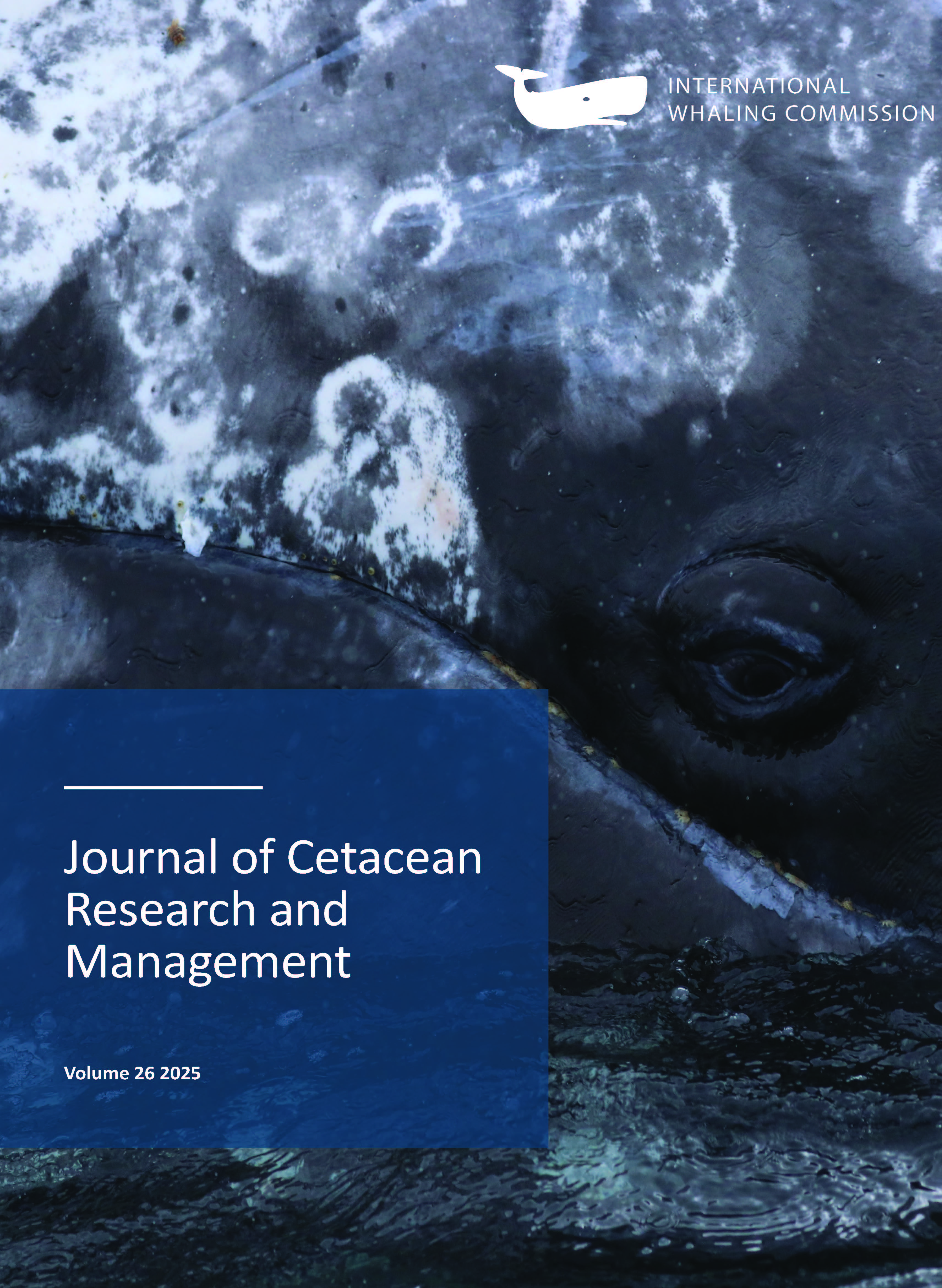Finescale distribution and seasonality of harbour porpoises investigated with citizen science
Contenido principal del artículo
Resumen
Information on the distribution of harbour porpoises (Phocoena phocoena) in the Western Baltic has been obtained by passive acoustic monitoring, visual surveying and acoustic surveying. Here, we collected complementary data on the presence of porpoises around the Danish Island of Funen using citizen science. Porpoise sightings were reported with the custom‐made mobile app ‘Marine Tracker’, disseminated to the public through community meetings, newspaper articles, radio interviews and posters. App users could choose between three types of reports: ‘single porpoise’, ‘multiple porpoises’ and ‘mother & calf porpoises’. A total of 7,755 credible porpoise sightings were reported from Funen between 2019 and 2022. These observations were primarily concentrated around larger harbour towns, but also in less populated parts of southern Funen, which previously had not been recognised as a significant porpoise habitat. A high proportion of ‘mother & calf’ observations in this area may indicate its importance for future conservation efforts. Citizen science data provided insights into the spatial and temporal distribution of porpoises, particularly the timing and spatial distribution of ‘mother & calf’ pairs during summer months. Our study highlights the possibilities of citizen science as a tool to complement traditional surveying techniques to understand marine mammal distribution.
Detalles del artículo

Esta obra está bajo una licencia internacional Creative Commons Atribución-NoComercial 4.0.
You are free to:
- Share copy and redistribute the material in any medium or format
- Adapt remix, transform, and build upon the material
- The licensor cannot revoke these freedoms as long as you follow the license terms.
Under the following terms:
- Attribution You must give appropriate credit, provide a link to the license, and indicate if changes were made. You may do so in any reasonable manner, but not in any way that suggests the licensor endorses you or your use.
- NonCommercial You may not use the material for commercial purposes.
- No additional restrictions You may not apply legal terms or technological measures that legally restrict others from doing anything the license permits.

